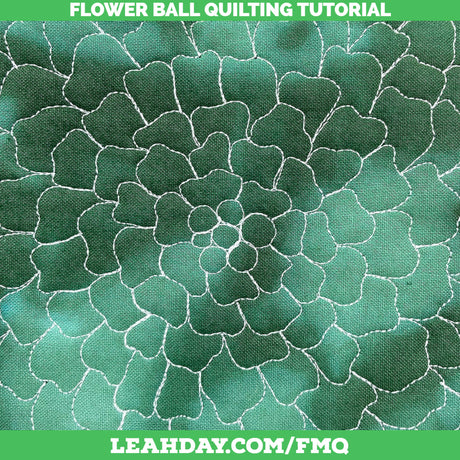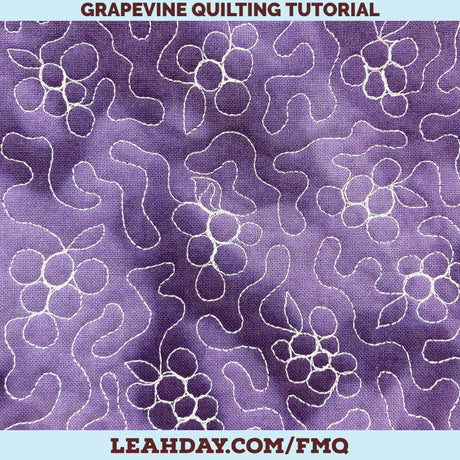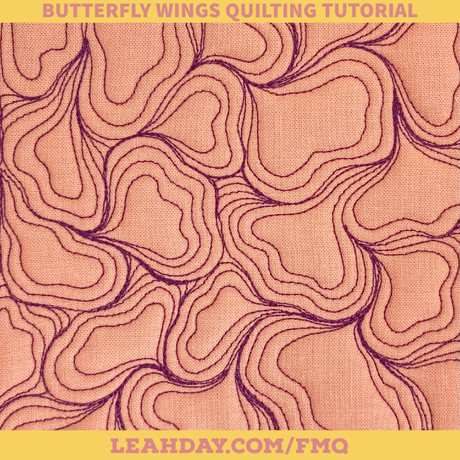Welcome back my leaf peeping friends! This week were tackling our second block for the Leaf Peepers Quilt Along. I can't wait to teach you how to piece this modern leaf quilt block. First, make sure to check out Sherri's post right here on how to piece Eight - yes EIGHT - half square triangles at a time.
Now let's piece this split leaf quilt block together:
Quick links to everything mentioned in this quilting tutorial:
 Just in case you're using the Leaf Peepers fabric bundle, I've created a new image to help you understand which yellow and orange fabric is which.
Just in case you're using the Leaf Peepers fabric bundle, I've created a new image to help you understand which yellow and orange fabric is which.
Don't forget to use the special fabric guide on page 3 of the pattern to help keep track of your fabric colors.
I don't know about you, but the weather in North Carolina has just chilled off this week and I feel a hint of fall in the air. I’m so happy we’re creating this beautiful fall themed quilt together and going to have the perfect table or wall decoration for this wonderful season.
How to Piece a Split Leaf Quilt Block
The key to piecing this quilt block is to arrange all your pieces on a flat surface next to your machine and clip or pin them together in rows so you're sure the pieces are lined up properly. As you clip the pieces together, make sure you’re flipping the pieces correctly right sides together. It’s easy to accidentally rotate the pieces so take your time and make sure whatever method you use you continue that method throughout the process.

When piecing the long rows of the leaf lock together I would chain piece through one seam on each of the four rows, then clip the rows apart. It was easy to stay on track and piece through all the seams systematically from one end of the rows to the other.
After all the seams were pieced, I pressed all the seam allowances open. This reduces the bulk of the quilt block and will result in a much more accurate measuring block. Click Here to find more tips on quilt piecing.
How to Match Seams When Your Seams are Pressed Open
The challenge with pressing seams open is lining up the seam lines so they match perfectly. I match the seams between the rows by pinning right before the seamlines. I take my time pinning the rows together and I focus most carefully on the seams that really need to line up perfectly.

Yes, it takes a little practice and patience to pin each seam and match carefully, but I find this is a much more guaranteed way for the seams to consistently match.
When you try to use the nesting seam method (common when seams are pressed to one side), it's easy for the fabric to slip out of position, plus you have to deal with very bulky seam allowances behind your quilt top.

Ultimately this method of pressing seams open and pinning depends heavily on all the steps we've taken so far to prepare fabric properly by starching, pressing, and cutting accurately. Piecing is a building process and each step depends on the steps before it.
Even if your block doesn’t come out 100% perfect and some seams don't match, remember that's not the ultimate point of making a quilt. It doesn't have to be perfect and your leaf block will still be beautiful even if the triangle points don’t match up!
Don't forget to check out Sheri's post for this week on making lots of Half Square Triangles at once!
Have you missed a week or are you just finding these posts a bit late? Don’t worry! You can still join in the fun anytime and follow along. All you need is the Leaf Peepers Quilt Pattern available here.
Let's go quilt,
Leah Day
Quick links to all the posts for the Leaf Peepers Quilt Along:
Week 1 (August 13): Piecing Tips
Week 2 (August 20): How to piece Block 1
Week 3 (August 27): How to piece Block 2
Week 4 (September 3): How to piece Block 3
Week 5 (September 10): How to piece Block 4 and a Basting Tutorial
Week 6 (September 17): Quilting Part 1
Week 7 (September 24): Quilting Part 2
Week 8 (October 1): Quilting Part 3
Week 9 (October 8): Quilting Part 4
BONUS! (October 15): How to Wash Your Quilt










